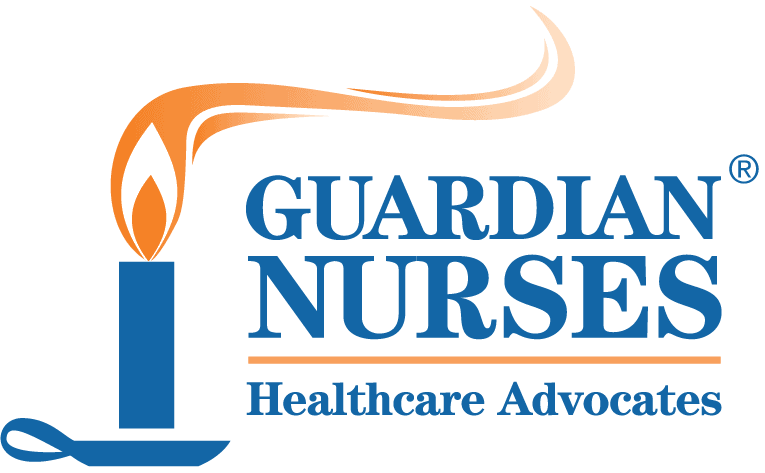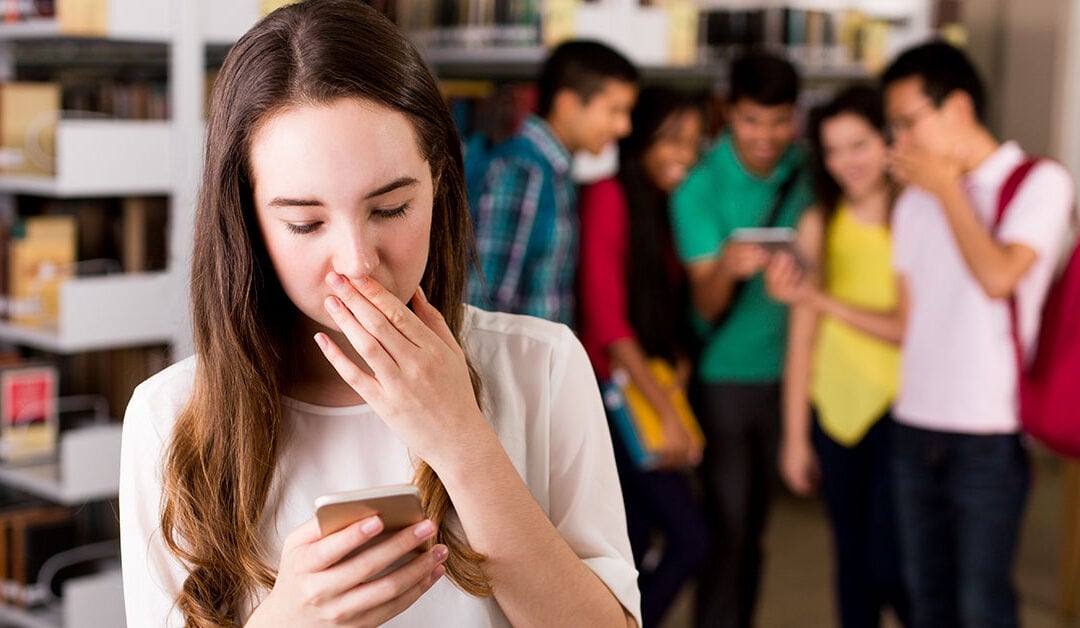I think we can all agree on two things:
- Social media is a big part of kid’s lives (as well as adults). Back in 2018, the Pew Research Center found that 97% of nearly 750 teenagers used a social media platform. I would dare to say that in 2023, if a child has a smart phone, they are on at least one of the many apps — SnapChat, TikTok, Instagram, Facebook or YouTube.
- Bullying — of any kind — is bad.
Back to social media…as reluctant as I am to admit it, social media can be beneficial, allowing kids to learn about different cultures and topics, communicate with others and build social networks, especially if they have disabilities or chronic diseases.
But it can also be harmful — disrupting their sleep, distracting them, exposing them to bullying, rumor spreading, unrealistic views of other people’s lives and peer pressure. Study after study report that mental health is negatively impacted with daily and repeated social media use.
Lots of times kids — with brains not fully developed—will post personal stories or intimate photos not fully realizing that there may be severe consequences of those posts. Sadly, this may result in their being bullied or harassed.
Surely there is more information to be understood, but as schools open back up, our goal for this issue of The Flameis to introduce some basic information on the topic of cyberbullying.
— Betty Long, RN, MHA, President/CEO, Guardian Nurses Health Advocates
Bullies Are Not Just In Schoolyards Anymore
Remember the days when bullies hung out in the schoolyard? Or on a corner in your neighborhood? Now, thanks to the ubiquitous nature of social media, bullies don’t even have to show up in public. They can hurt you with a few keystrokes or a few clicks of a mouse. Cyberbullying can take place through text messaging, on social media sites, apps, e-mail, web forums or multi-player online games.
By definition, cyberbullying includes a range of harmful words and actions that take place in the digital world. Some examples include:
- sending mean messages to someone
- sharing embarrassing pictures of them
- making up and spreading untrue stories about them
- telling others to ignore someone or leave them out of activities
For a comprehensive website which includes more information and tips, check out Stop Bullying.gov sponsored by the Department of Health and Human Services.
Is cyberbullying different from ‘regular’ bullying?
Once cyberbullying became an issue, experts weren’t sure if it was a whole new type of bullying, or traditional bullying moving onto new platforms. Social scientists and researchers concluded that cyberbullying and bullying are more alike than different. However, there are a few differences:
- When & where. Face-to-face bullying usually takes place during the day, for example at school. But cyberbullying can happen anyplace, any day of the week, at any time of day.
- No signature needed. Although anonymous bullying is not common, either in person or online, cyberbullying can happen without knowing who is sending the messages.
- Passing it on. Mean or embarrassing posts on social media can spread quickly online and “go viral.” This can increase the hurt or embarrassment from a bullying experience.
Just like traditional bullying, kids can experience cyberbullying in different ways, and roles sometimes change within a situation. They may be the target of bullying, bully others, or witness bullying online.
Is cyberbullying harmful?
Absolutely. For generations, bullying was considered a childhood “rite of passage.” I still remember grade school bullies at Most Blessed Sacrament School in Southwest Philly. But research now shows how harmful bullying can be – to children who are bullied and to those who bully others. Some very serious negative effects of bullying include:
- Academic struggles. Kids who are bullied may avoid going to school, have trouble concentrating in class, or even drop out.
- Physical and mental health. Bullying increases a child’s risk for depression, anxiety, and sleep problems. Studies show it may also put them at higher risk for substance use later in life.
- In a 2022 study done at Children’s Hospital of Philadelphia, participants who experienced cyberbullying were FOUR TIMES more likely to report thoughts of suicide and actual attempts as those who didn’t.
What can I do if my child is bullied online?
It is hard for parents to know the best way to react if their child is bullied, online or offline. Here are a few tips from the experts:
- The Takeaway. Don’t threaten to take away your child’s device or cut their time online. They may see this as punishment and be less willing to tell you about bullying situations in the future.
- Document. If there is online evidence, save a screenshot. This may be helpful if it becomes necessary to report the event.
- Support. Talk with your child about the experience. Studies show that having just one person listen and support kids who have been bullied helps them better able to handle the situation in a healthy way.
- Report. Most social media platforms have a process for reporting bad behavior. If a classmate is bullying, you can report it to the school. If the bullying involves threats of physical harm, you can consider reporting to the police.
- Find your support, too. A child’s bullying experience can also be stressful for you as well. Parents should consider finding someone to talk to for support.
- Find resources.
How parents and family members can prevent cyberbullying
- Discuss ‘digital citizenship.’ Talk with your kids about being respectful online and how negative messages can hurt others. And remember, you are a role model. So if you use social media yourself, be sure to set a good example of positive online interactions.
- Check in early & often. Ask your kids about what kind of messages they are seeing, sending, and getting and how they feel about them. Early experiences online are important and can set the tone and expectations that they have going forward.
- Establish rules and guidelines that are important to your family.
For your child’s sake, please take any instance of cyberbullying seriously.

